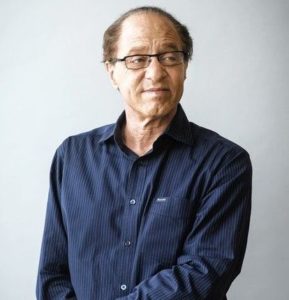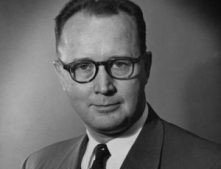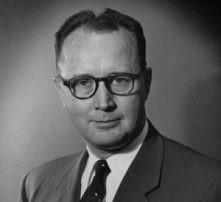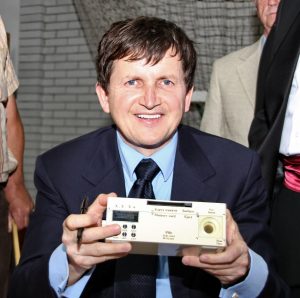Ray Kurzweil : The Tech Visionary who Invented the Optical Character Recognition (OCR) Technology
The world is filled with possibilities and opportunities to build a better future. Once in a while, there comes a genius or two, who turn tap into these right set of circumstances and changes the face of the planet as we know. Raymond a.k.a. Ray Kurzweil is one such eminent personality with a flair for creativity and erudition. Ray can be reflected as one of the brightest minds of our generation, who has given major contributions to the field of Artificial intelligence. He has written several books and published papers on the same. One of the most remarkable of his contributions is the invention of OCR (Optical Character Recognition). The journey of this astounding visionary has a lot of interesting aspects and a fair share of ups and downs. Then again, what value does success have unless it is achieved after a little bit of toil and grinds?
Early Life and Career
Born in the favourable soil of US, Ray Kurzweil received normal education at a regular public school in New York City. Even though he had much humble upbringing, Ray did show an inclination towards the world of science. He belonged to a musical family, but at a tender age of 5 years, Kurzweil decided to become a scientist. This was fueled by his increased penchant for electronic gadgets that he assembled now and then. At the age of 15, Ray wrote his very own computer programme, with the assistance of his uncle, who was a computer science engineer at Bell Labs.
Quite predictably, keeping up his momentum, the young genius got into the prestigious Massachusetts Institute of Technology, where he built software that helped students find appropriate colleges according to their academic credentials. The application was welcomed with great spirit, which was later, launched commercially in the name Select College Consulting Programme. This was soon bought by an educational publishing firm called Harcourt, Brace and World. The most fascinating part of the story is that Ray was just 20 when he first built a firm and sold it for a huge profit.
Journey as an Entrepreneur and Inventing OCR

Raymond graduated from MIT in lightning speed with dual degrees in Computer Science and English literature. Later on, Ray started his very own company named Kurzweil Computer Products, where he built something that changed how we read faces. The firm developed an Optical Character Reader, which was one of a kind idea. This led to the invention of the flatbed scanners, which also shook the technology industry like a whirlwind.
The Kurzweil Reading Machine was the name of his series of inventions and was successfully launched in collaboration with Bell Labs. The man was not just an inventor or a scientist, but also a great visionary with a big dream about the future. Ray was selling the OCR like hot pancakes, and eventually, sold his Kurzweil Products Company in the year of 1980. It went on to be renamed as ScanSoft and was later taken over by Xerox Corporation.
After Kurzweil Products Company
Ray went on to invent a couple of other remarkable products and services that managed to make the lives better for every user across the globe. One such invention was a programmable synthesizer that could correctly reproduce the sounds of musical instruments such as a piano, drums and many others. Ray even started a company named Kurzweil Music System to pursue this line of ideas. This could be attributed to the fact that he hails from a family full of musicians. Its first product was the Kurzweil 250, which was quickly approved by musicians all over the world.
Ray Kurzweil also developed speech recognition software alongside, which was also a huge success. Later on, he started focusing on Artificial Intelligence, and its future, and interestingly enough, authored books such as Robots and Beyond, Fantastic Voyage, etc.
Currently, Ray works for Google, at the request of the company co-founder Larry Page. Such an awe-spiring story, isn’t it? Once in a while, the earth is graced by super-intelligent beings such as Raymond Kurzweil. We can consider it a privilege to have born in this millennia and have a piece of his wisdom. Science makes earth easier to live in, while people like Ray, make it a better place to live in.

Aparna is an MBA who turned into a content writer totally by chance.She has written articles on various genres such as fashion, finance, real estate and cryptocurrency. She is also a part-time blogger and a voracious reader. She believes that you should be young and crazy to become old and wise. She reads to her hearts fullest, which is again, an exhilarating experience.





